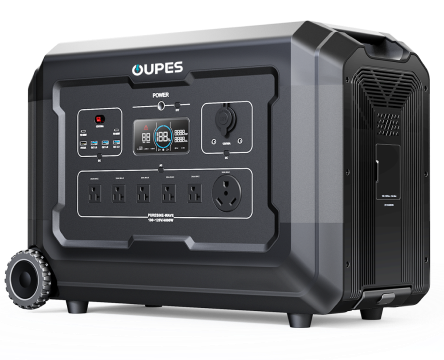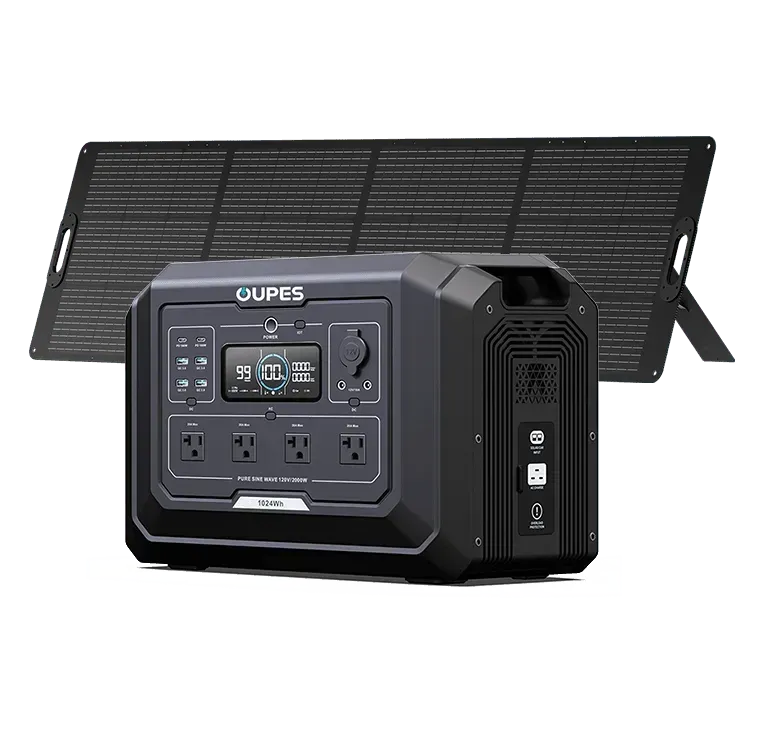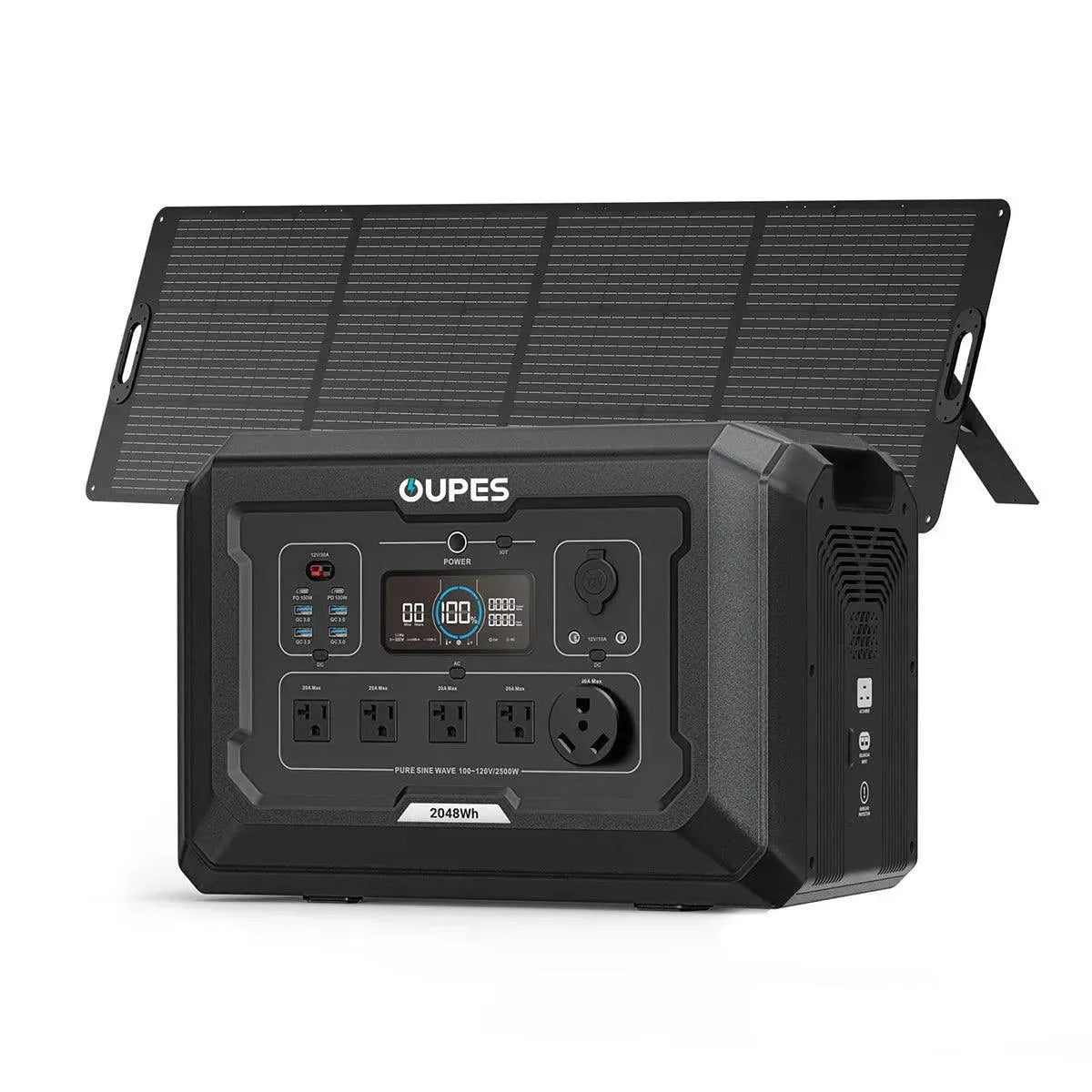
Imagine waking up on a stormy morning, and even though your solar panels are covered in snow or the sky is clouded, your power still stays on. Or picture a lengthy grid blackout that lasts days—will solar alone keep your lights running and your fridge cold? The question of whether you need a backup generator alongside solar panels is more than theoretical for many homeowners. It’s about resilience, peace of mind, and practical system design.
This article delves into the crucial factors—like capacity, reliability, and cost—that determine if pairing your solar array with a generator makes sense. You’ll discover the trade-offs between going solar-only, installing battery backup, or integrating a generator into a hybrid energy system tailored to your needs.
Reliability Gaps in Solar-Only Systems
Solar panels are a marvel of clean, renewable energy—but they rely entirely on sunlight. When the sun goes down or clouds roll in, production drops, sometimes to zero. Without supplemental systems in place, your solar array will stop generating electricity, and your home becomes dependent on grid power or batteries.
Batteries can fill the gap for a while, but unless they’re sized for long outages, they’ll drain—especially if power-hungry devices like heating, cooling, or electric stoves are in use. Extended periods of bad weather or seasonal limitations can leave you with depleted storage and no solar input.
A backup generator adds a layer of reliability. In a combined solar-battery-generator setup, the generator can act as a secondary source—kicking in only when battery levels fall below a safe threshold. This ensures you have power regardless of weather or grid status. For homeowners in regions with frequent storms, long winter nights, or unreliable grid service, a generator can be a powerful safety net.
Ultimately, adding a generator with solar panels doesn’t necessarily represent a failure—it’s a strategic choice to boost resilience. When weather or usage demands exceed solar and battery capacity, the generator ensures continuous operation. This hybrid approach mitigates the risk of being caught powerless during critical moments.
Sizing Batteries vs. Adding a Generator
Batteries come in a wide range of capacities, from a few kilowatt-hours (kWh) to large, multi-module systems. To survive a multi-day outage with solar and battery only, you may need a substantial battery bank—one that can cost tens of thousands of dollars when using premium chemistries like lithium iron phosphate. Sizing batteries to handle worst-case scenarios is expensive, and physical space, weight, and installation complexity become major concerns.
A generator provides an alternative. Rather than investing heavily in battery capacity to store days of backup power, you can pair a smaller battery bank with a modest generator. When solar isn’t enough and batteries dip below a set point, the generator automatically starts, recharges batteries, and powers the home. This uses the best of both worlds—solar for everyday energy and batteries for short-term backup, with a generator as insurance for extended outages.
This hybrid approach lowers upfront costs and complexity while still delivering strong resilience. You avoid extreme battery sizing and instead buy only what’s necessary to maintain operationally critical circuits. The generator then functions as a "limp-home" mode for emergencies, often only running a few hours at a time.
Choosing the right split between battery size and generator reliance requires load analysis, budget evaluation, and lifestyle considerations. A properly configured hybrid system can provide full backup without an outsized investment in batteries alone.
Technical Integration and Automation Considerations
Seamless integration between solar, batteries, and generators requires intelligent control systems. Hybrid inverters or energy management systems monitor battery levels, solar production, and grid status. When thresholds are met—low battery or zero solar—the system automatically starts the generator and channels energy into charging or powering your home.
Safety is a major concern: systems must prevent backfeeding into the grid or solar circuit when the generator is running. Proper transfer switches, isolation relays, and code-compliant wiring—typically installed by certified professionals—ensure safe operation. Additionally, generator runtime can be minimized with smart control, avoiding unnecessary wear and noise.
Automation adds convenience too. Set-and-forget configurations let you sleep soundly knowing your system will act as needed—whether it’s a blackout, eclipse day, or snowy afternoon. You don’t have to manually refuel or start the generator. And some systems can be monitored remotely via apps, providing insight into performance and alerts in real time.
Bear in mind, however, that integrating a generator complicates the system. It requires planning, permits, regular maintenance, and potentially noise mitigation. If that's acceptable in exchange for reliability, the extra infrastructure is often worth the effort, especially in critical-use scenarios like medical needs or remote living.
Cost-Benefit Analysis Over Time
The most significant expense in solar-plus-battery systems is often the batteries themselves. Generators cost far less upfront, and fuel is only consumed during infrequent outages or cloudy periods. Rather than paying for heavy battery reserves you rarely use, you can budget for a smaller battery bank complemented by a standby generator.
On the flip side, generators incur fuel, maintenance, and operating expenses over time. Estimating outage frequency and duration helps determine which model makes sense. For infrequent, short-duration outages, a small, efficient generator may be cheaper over the system’s lifetime than expanded battery storage. For frequent, predictable demand, a battery-heavy system might dominate.
Additionally, systems that qualify for government incentives—such as federal tax credits for battery and solar—can significantly shift cost dynamics. If solar and battery components are eligible for rebates, pairing them with a generator offers a smart configuration that maximizes resilience at lower net cost.
Calculating total cost of ownership—including installation, parts, fuel, and maintenance—allows a clearer comparison. In many cases, the hybrid route offers better value per kWh of reliable energy when all factors are considered.
Which Homeowners Might Most Benefit
Not everyone needs a generator alongside solar panels. Homes with minimal energy needs—efficient lighting, smart thermostats, and modest solar-battery setups—can often rely on solar-only, even through several days of low sunlight, as long as batteries are sized accordingly. In locations with stable grid service and mild weather, a generator may be unnecessary.
Conversely, homeowners in high-risk weather areas—think hurricanes, winter storms, or wildfire-prone zones—may value guaranteed power above all. Backup generators offer not only resilience but flexibility when battery-solar systems are compromised by shade, damage, or prolonged cloud cover.
Remote properties, off-grid cabins, or vacation homes also benefit from hybrid systems. You can maintain basics year-round through solar and step in with a generator only when needed, avoiding costly battery replacements or over-sizing for infrequent but vital needs.
Ultimately, the decision depends on your tolerance for power interruption, your budget, and your ability to maintain the full system. For some, a solar-plus-battery system with no generator works fine. For others, adding a generator means true readiness—and peace of mind.
Conclusion
Deciding whether you need a backup generator with your solar panels comes down to balancing reliability, cost, and your specific power risk environment. Solar alone offers clean, maintenance-free energy—but its dependency on sunlight and battery limitations can leave gaps during prolonged outages. Adding a generator brings that missing layer of security.
A hybrid system—solar, battery, and generator—can deliver both everyday clean energy and dependable backup without over-extending your budget. By carefully sizing each component and integrating them with smart controls, you gain resilience and flexibility. If peace of mind during grid failures matters to you, adding a backup generator makes a powerful difference in ensuring uninterrupted power come what may.




























